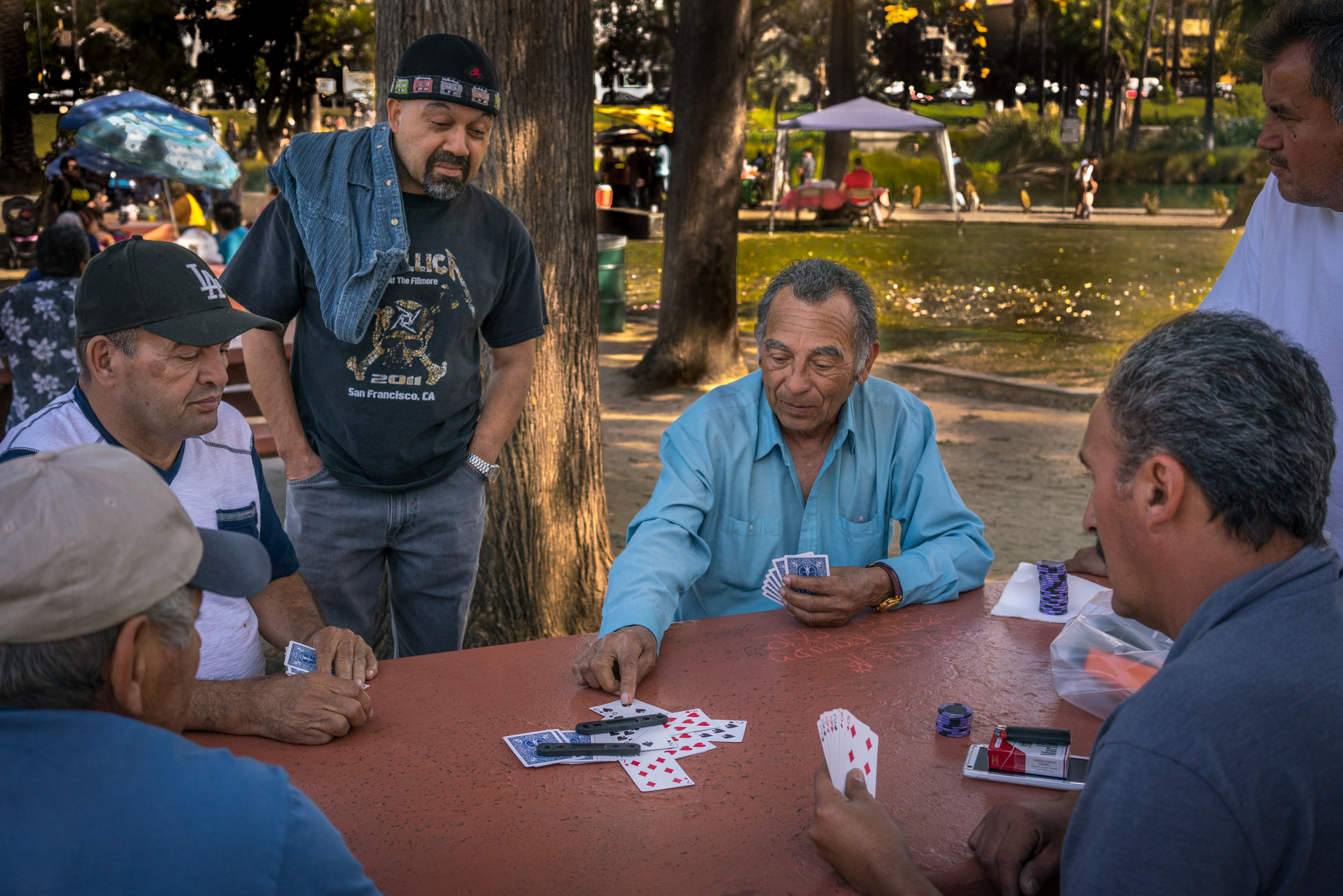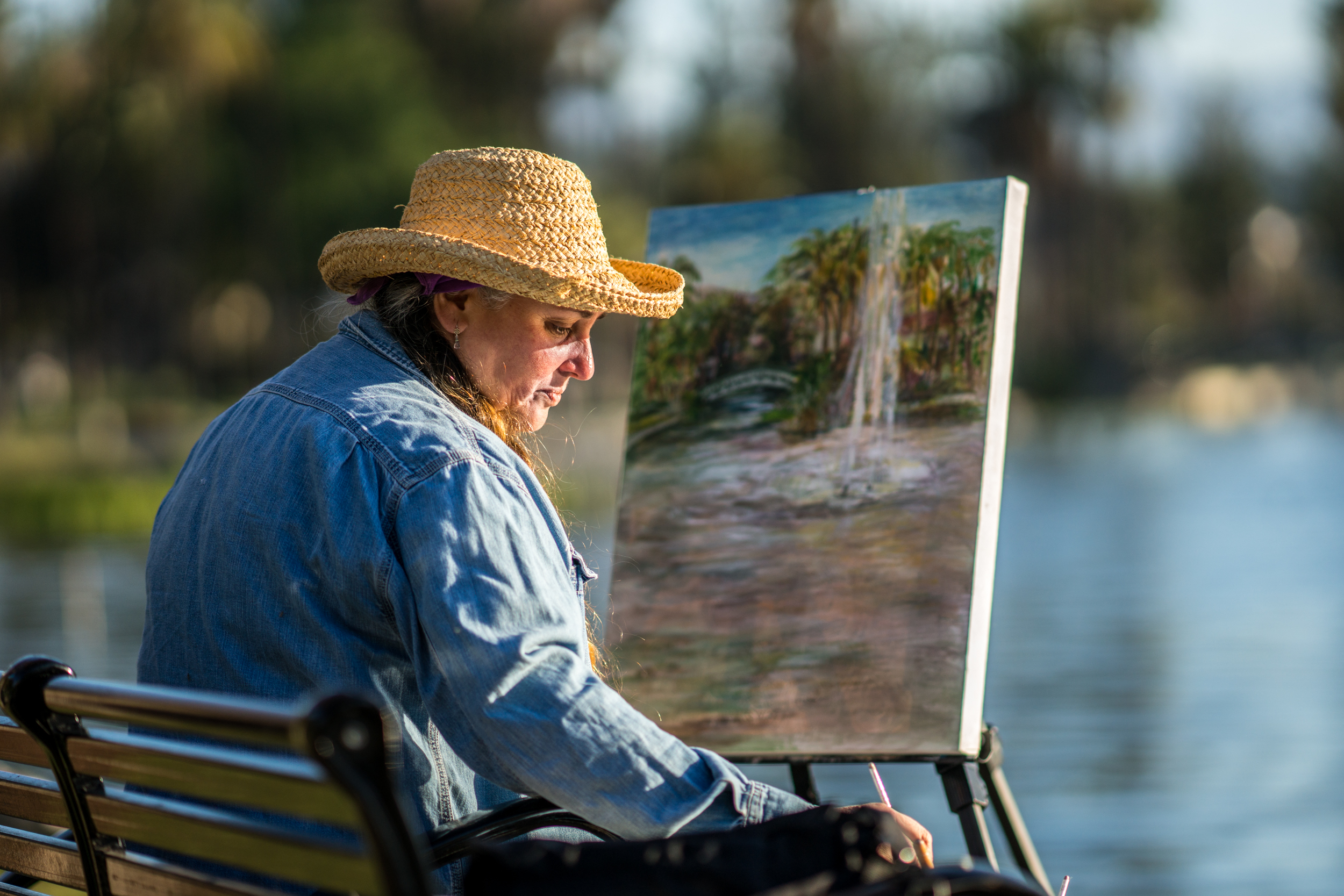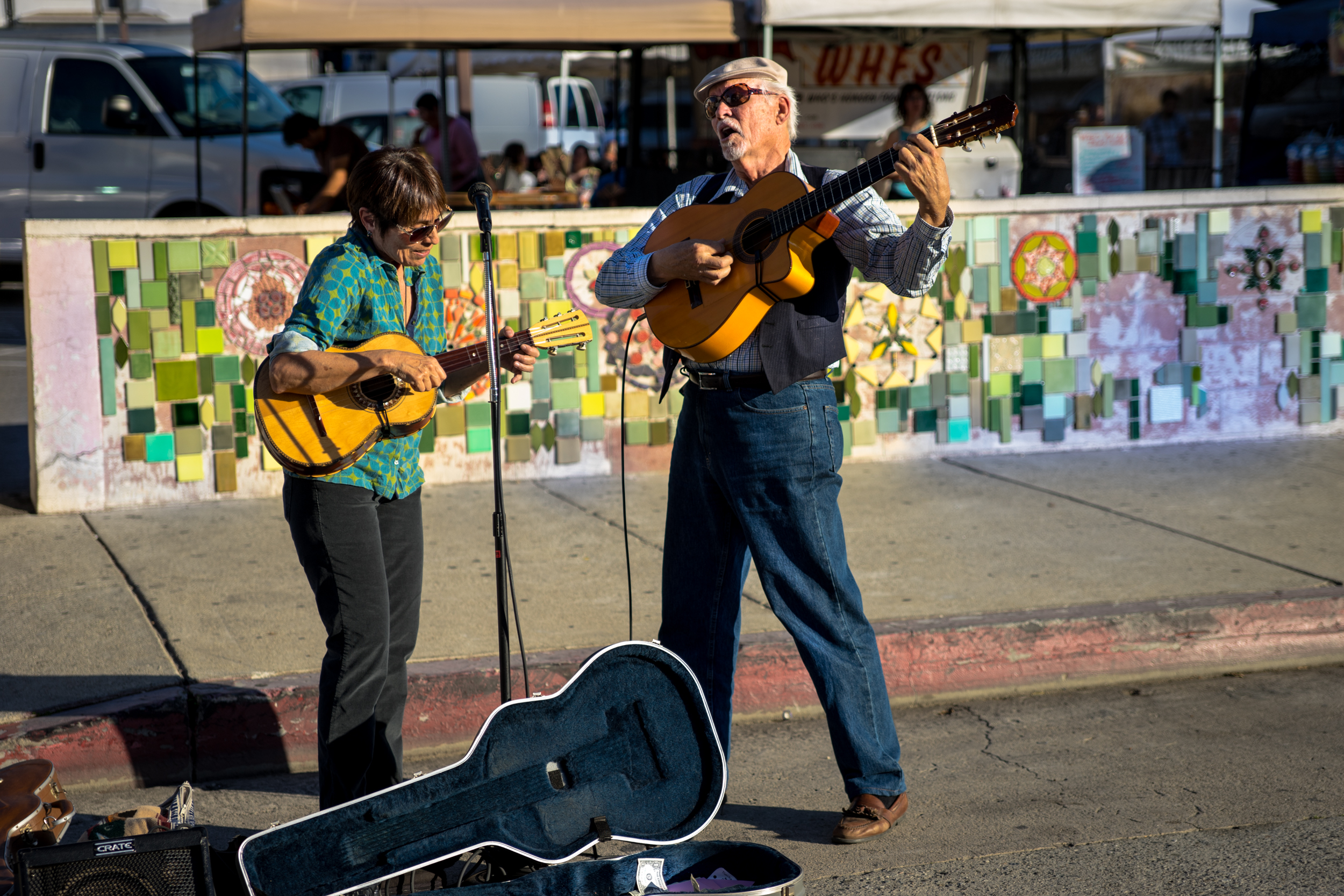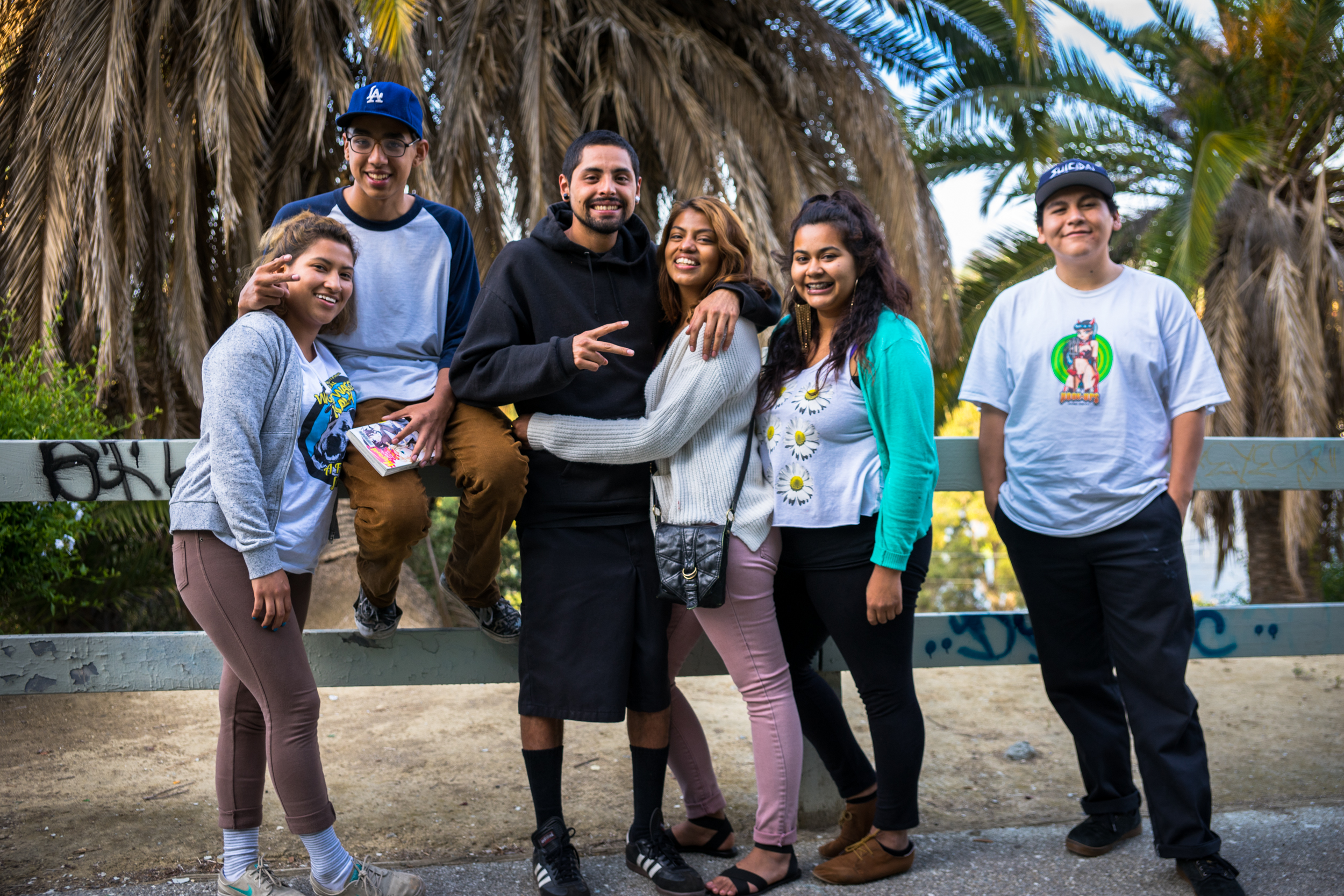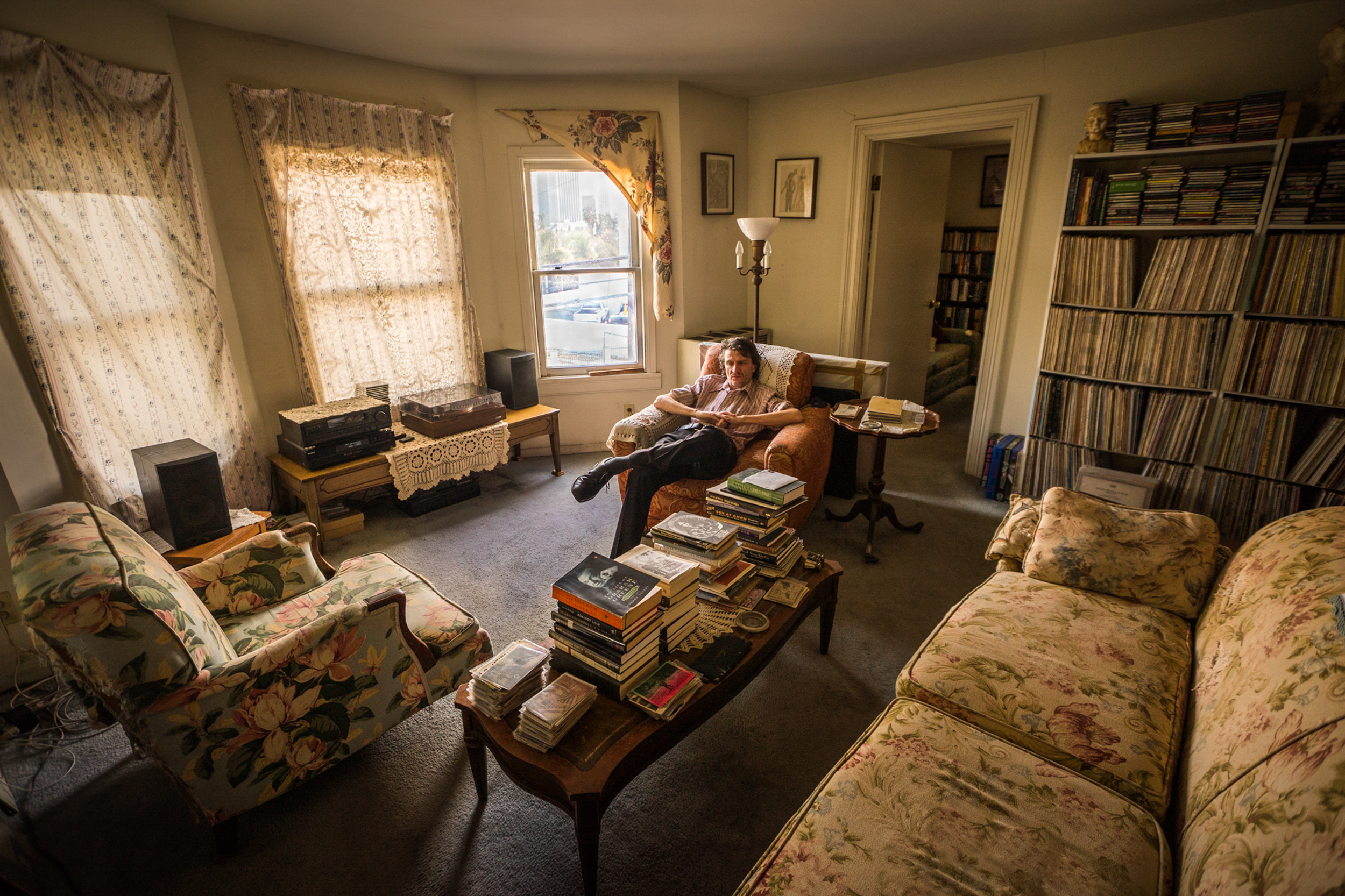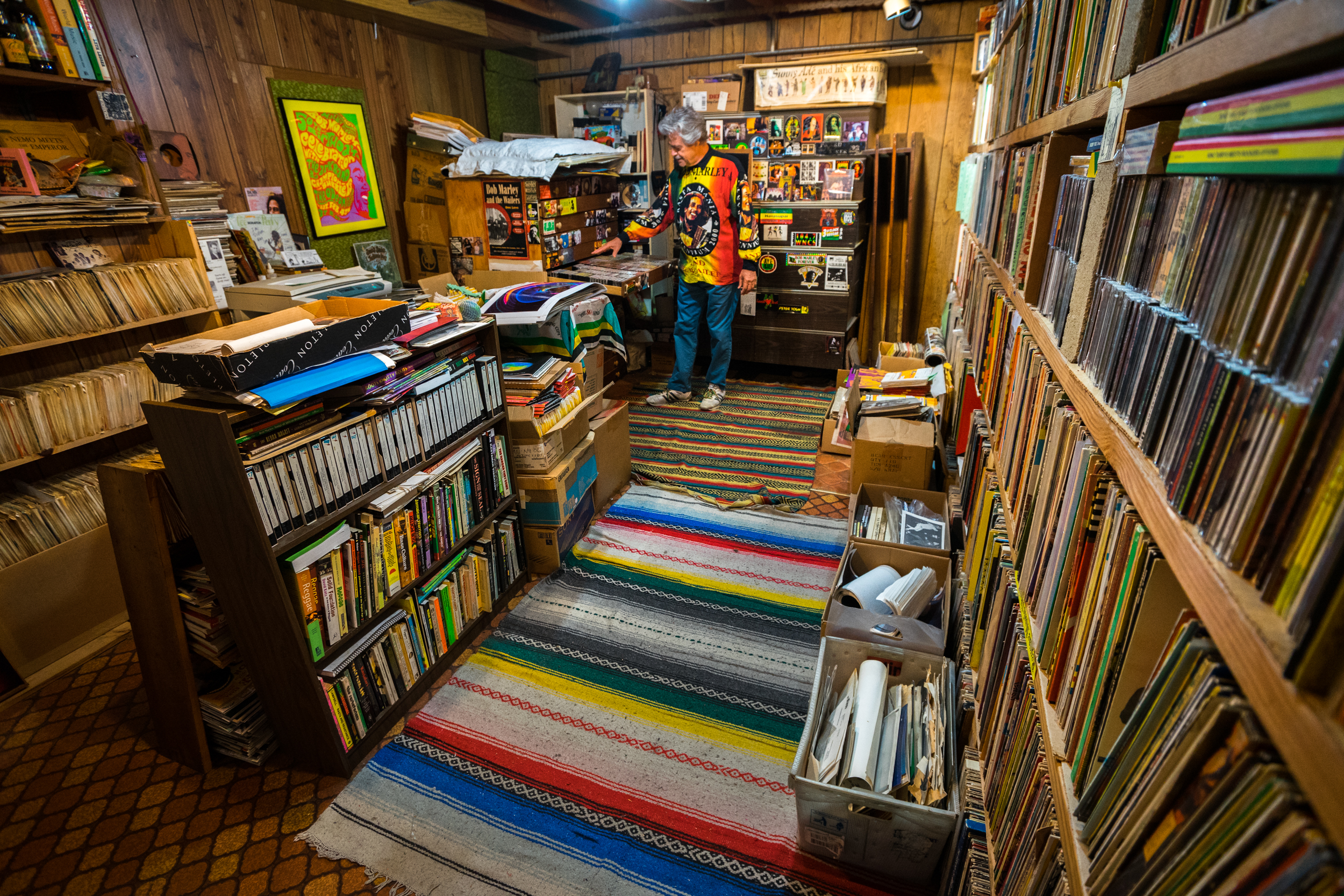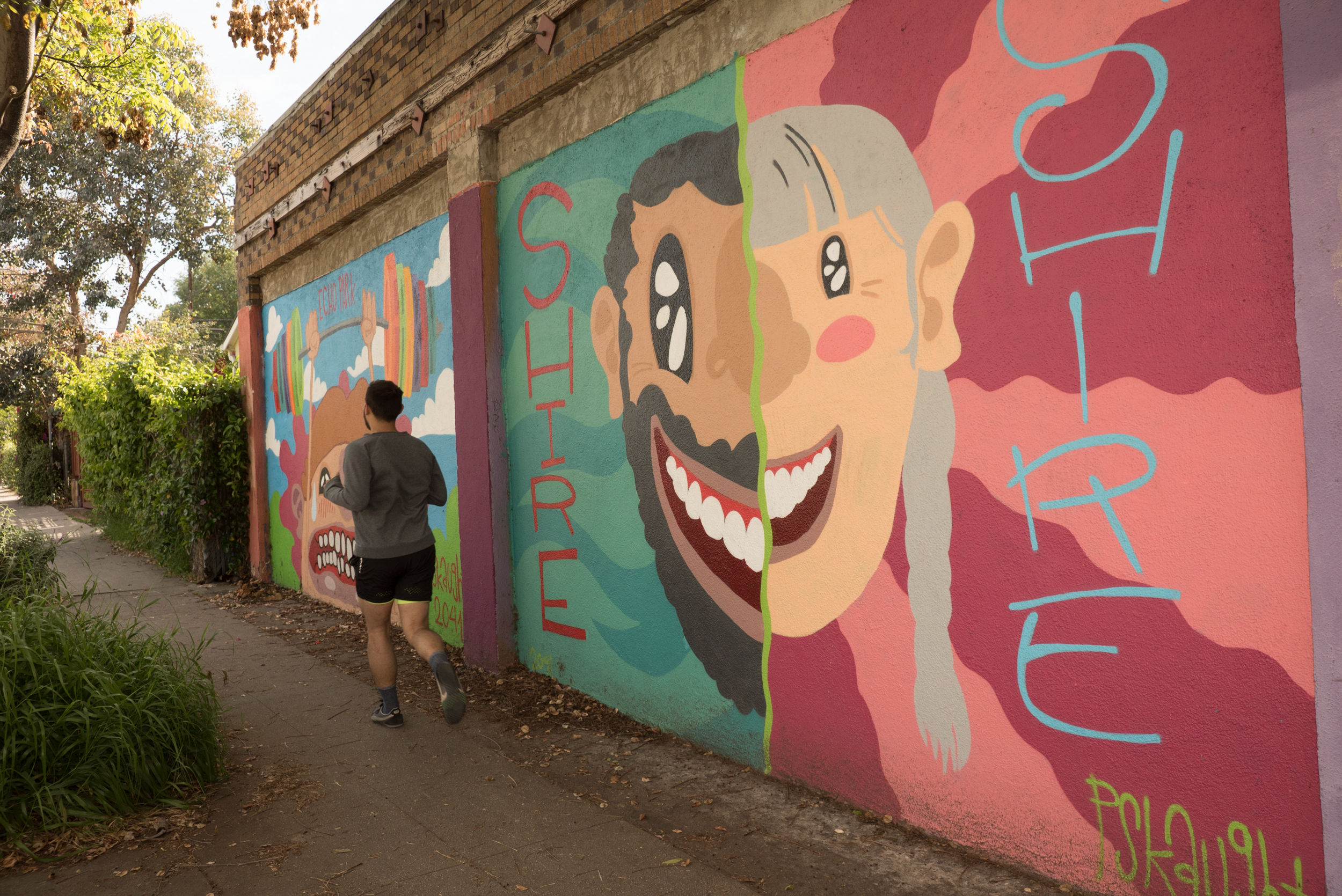ECHO PARK
This series of photographs is meant to celebrate the diversity of Echo Park, its landscape and the people who live there, and to document the gentrification rolling across it.
Echo Park’s physical beauty begins in its southern apex where its park and lake sit in a basin that has been characterized by local novelist, Brando Skyhorse, as God's footprint. From that footprint the community fans out north and east crossing Sunset Boulevard and into steeper hills and canyons covered with neighborhoods connected by a labyrinth of winding streets and concrete stairways stretching to the borders of Silver Lake, Elysian Park and Chavez Ravine. Many hillside-lots provide stunning views of downtown L.A. and in some cases a sense of country living remoteness. The human character of the community is in transition. Historically the population was 70% Chicano. They lived in the flats around Sunset and Glendale Boulevard while a community of artists and liberals and communists (in the 40's and 50's) lived in the hills above Echo Park Avenue. That's why they called it Red Hill during the McCarthy Era.
A decade ago Echo Park was better known for its gangs than its hipsters but along with the reviled LAPD Gang Injunction a significant shift in population occurred as young professionals were attracted, at first by low rents, and then after the prices doubled and tripled, by the clubs, restaurants and local merchants catering to their tastes. 99 Cent Stores and established local grocery stores are being priced out of the community and replaced by the likes of Lassen’s Health Foods, Blue Bottle Coffee and Sage Vegan Bistro to serve the tastes of the richer, hipper newcomers. Increasingly World War II vintage single family homes are disappearing to be replaced by modern town houses, two and three townhouses built on a lot that used to hold one home.








